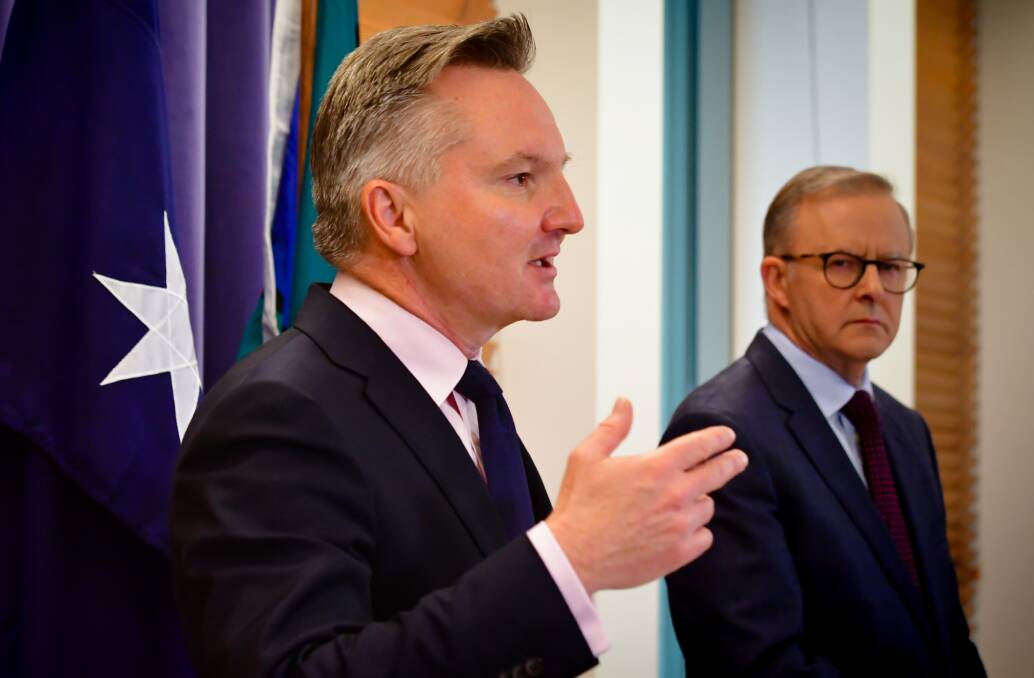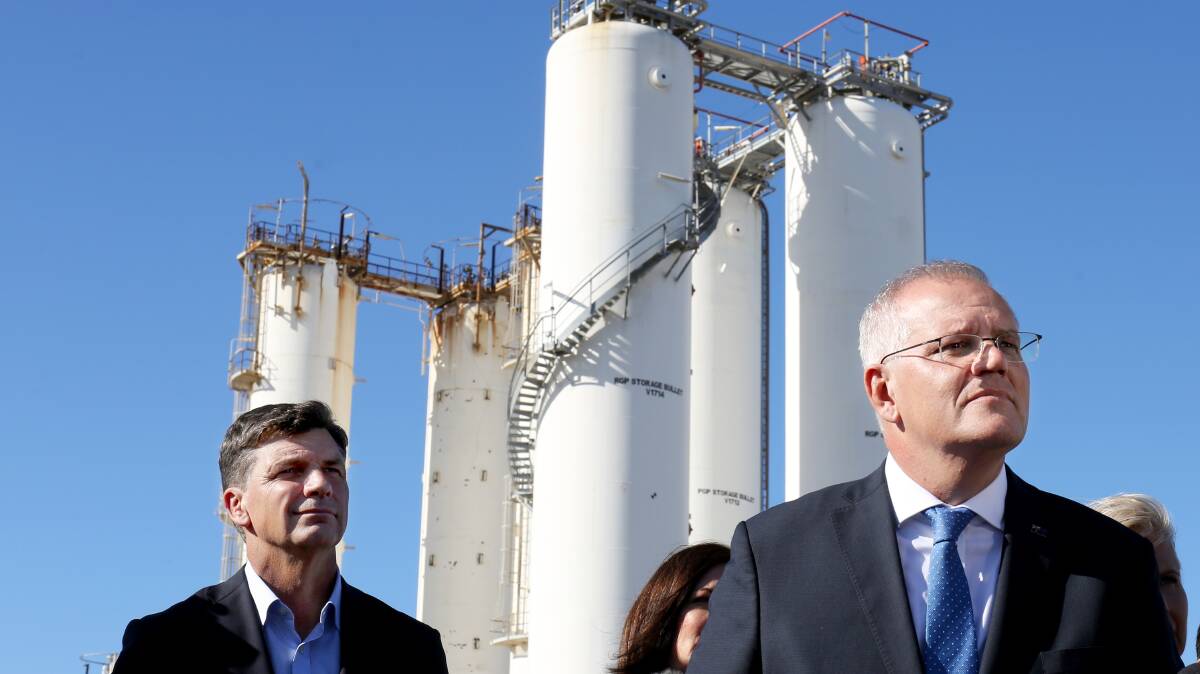As it put the finishing touches on the climate and energy plan it would take to the federal election, Labor was confident it was less vulnerable to a scare campaign than it was three years earlier.
There were three reasons for this.
The Coalition had just committed to a target of net zero emissions by 2050.
Secondly, the Business Council of Australia, having railed against Bill Shorten's "economy wrecking" 45 per cent 2030 emissions reduction target ahead of the 2019 election, was now advocating a halving of emissions this decade.
And finally, the modelling underpinning the Coalition's plan was thought to be so full of holes that any attacks on Labor's analysis would be hollow.

With climate-fuelled disasters adding to the public's understanding and anxiety about climate change, Labor had the impetus, and corporate and political cover to pursue an ambitious agenda.
Instead, it went safe.
Anthony Albanese conceded [or boasted] as much when he joined his climate spokesman Chris Bowen to unveil the policy on December 3.
"We do not pretend that it is a radical policy," Albanese told reporters in Parliament House.
The figure which grabbed the most headlines, a 43 per cent emissions reduction target for 2030, was lower than what Shorten took to the 2019 election.
It wasn't as though the warnings about climate change and calls for rapid and drastic action had quietened in that period. Quite the opposite.
Labor's plan proposed a massive increase in the share of renewables in the electricity grid, without hastening the end of coal or gas.
The Powering Australia plan was underpinned by what Labor claimed to be the most comprehensive modelling undertaken by any opposition, on any policy, in history.
The plan was careful, well-reasoned.
It was scare-proof.
Only it wasn't then, isn't now and won't be in the future.
That's because political scare campaigns subsist on fear and anxiety - not on facts, truth, modelling or numbers.
And when it comes to climate change and the clean-energy transition, fear and anxiety remain as abundant as the renewable resources Australia is blessed with.
Three weeks into the federal election, Labor is being forced to fend off Coalition-fuelled accusations that it is poised to introduce a "carbon tax" if elected next month.

So, where has this sprung form?
It's about Labor's plans to reform the so-called safeguard mechanism, the scheme designed to limit emissions at large mines, factories and plants to agreed baselines.
Labor wants to lower the baselines for each of the 215 sites covered under the scheme, in consultation with the businesses, to align with its goal of achieving net zero emissions by 2050.
Those businesses would have the flexibility to choose how to meet their target, with options including investing in low-emissions technology or purchasing carbon credits.
So, is there credibility to the Coalition's claims?
If there is, it isn't much.
For starters, the Coalition created the safeguard mechanism under Tony Abbott.
In spooking votes about Labor's plans, Morrison is drawing attention to the fact his party created and has been using - albeit without much success - a mechanism to force emitters to reduce their carbon footprint.
Let's also remember Labor didn't pull this plan from thin air: it has merely adopted a recommendation from the Business Council of Australia, which counts AGL, BHP, BP and BlueScope among its members.
Businesses have been craving policy certainty as they pursue their own path to carbon neutrality. The Labor plan, many believed, provided that clarity.
Of course, most of what has just been written is of little interest to Scott Morrison as he marches through Queensland warning about Labor's "sneaky" carbon tax.
READ MORE:
The mere suggestion of a carbon tax remains poison for Labor, and an elixir of political life for the unpopular Prime Minister.
The scare campaign serves another purpose, helping to distract - at least, to some extent - from the division within his own ranks on climate policy.
Nationals senator Matt Canavan pronounced net zero "dead" on Tuesday. Treasurer Josh Frydenberg declared it alive and well on Wednesday morning.
Labor has itself to blame for the timing of the latest scare, with confusing statements about the scope of the safeguard mechanism from MPs - including Pat Conroy and deputy leader Richard Marles - opening the door for Morrison's attack.
But even had the door remain bolted shut, Morrison would have forced his way in. He always does.
Labor was never going to avoid the scare campaign, regardless of how safe its targets were or how thorough its modelling was.
It begs the question.
Why go safe at all?


